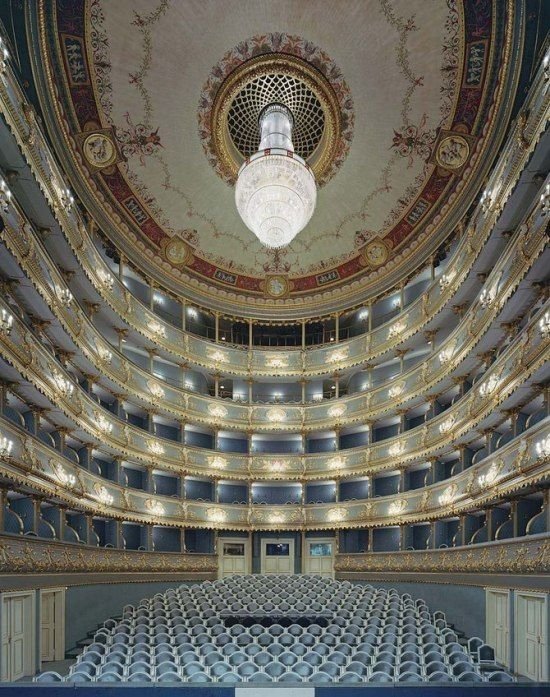Opera Houses Around The World
|
Since many operas are large-scale productions, opera houses are usually large – generally more than 1,000 seats and often several thousand seats. Traditionally, Europe's major opera houses built in the 19th century contained between about 1,500 to 3,000 seats, examples being Brussels' La Monnaie (after renovations, with 1,700 seats), Odessa Opera and Ballet Theater (with 1,636), Paris' Opéra Garnier (with 2,200) and the Royal Opera House in London (with 2268). Modern opera houses of the twentieth century such as New York's Metropolitan Opera (with 3,800) and the San Francisco Opera (with 3,146) are larger. Many operas do not require large-scale productions and may be presented in smaller theaters, such as Venice's La Fenice with about 1,000 seats.
In a traditional opera house, the auditorium is U-shaped, with the length of the sides determining the audience capacity. Around this are tiers of balconies, and often, nearer the stage, are boxes (small partitioned sections of a balcony).
|
|















